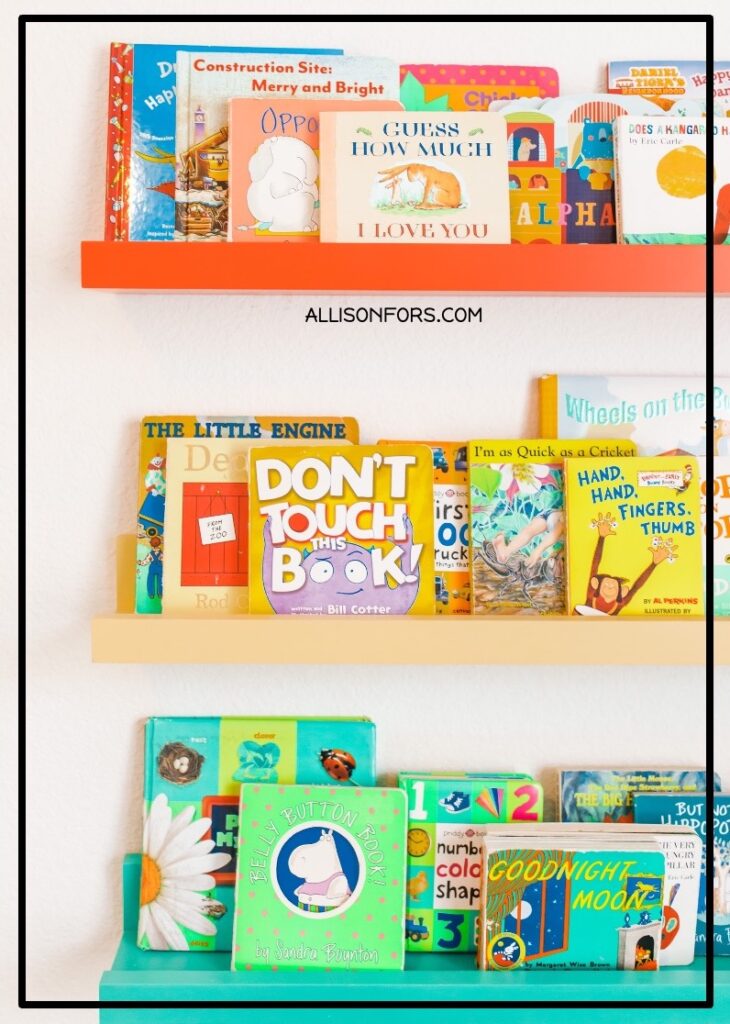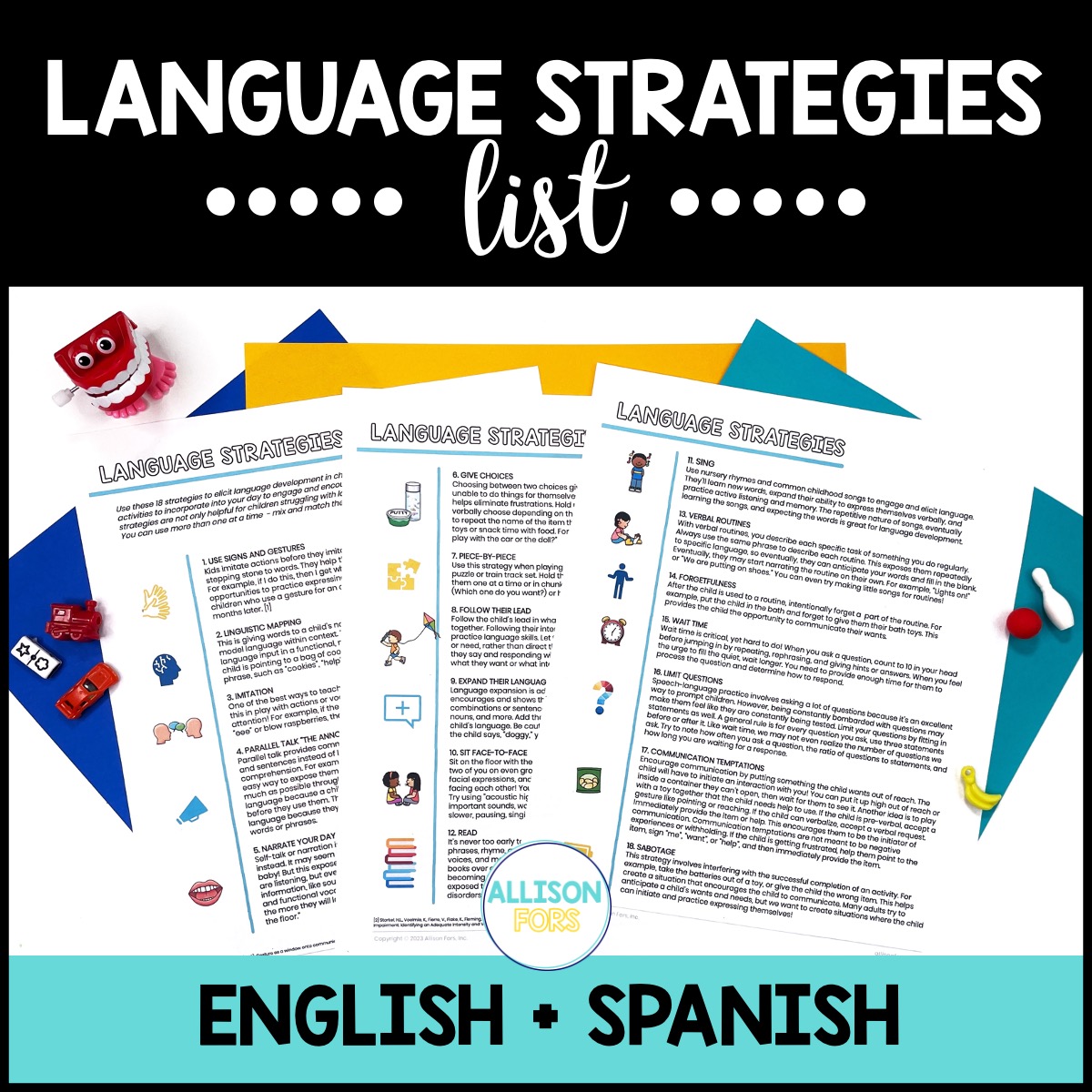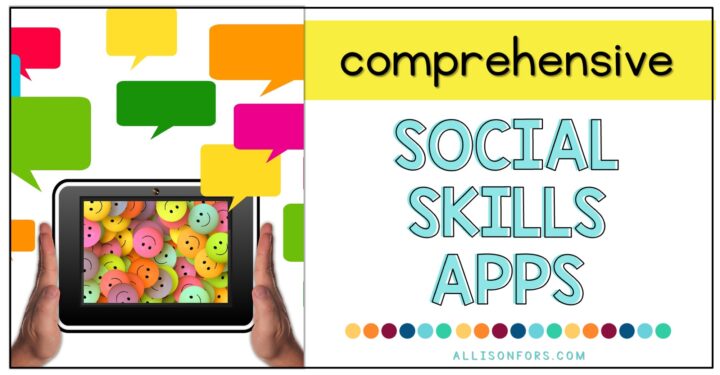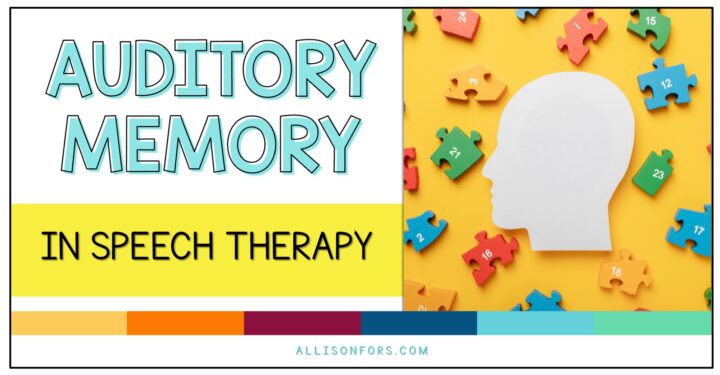
12 Ways to Elicit Language Development

Learn ideas to stimulate language skills in toddlers and children! Use these 12 strategies to elicit language development, whether you are a therapist, teacher, or parent.
There are many fun, simple activities to incorporate into your day to engage and encourage communication skills. These strategies are not only helpful for children struggling with language development but how you should be interacting and engaging with all children!
Download a free 3-page list of language development strategies at the end of the post that’s in English and Spanish!

12 WAYS TO ELICIT LANGUAGE DEVELOPMENT
1. SIT FACE-TO-FACE
Sit on the floor with the child, so your face is at the same level as theirs. This puts the two of you on even ground, so they can see your face – how your mouth moves to form words, your facial expressions, and your gestures. It is common to have a child sit in your lap to read, but try facing each other! You can do anything – read a book, play with toys, or play a game. Use an animated, excited voice to narrate what you’re doing, describe what you’re looking at, or create a story together.
2. SING
Children love to sing! Use nursery rhymes and common childhood songs to engage and elicit language development. They’ll learn new words, expand their ability to express themselves verbally, and practice active listening and memory. The repetitive nature of songs, eventually learning the songs, and expecting the words is great for language development. Rhyming can be taught as early as three years old, which will build phonemic awareness. [1]

3. PARALLEL TALK
Parallel talk is when you narrate what the child is doing. Use simple phrases and sentences as opposed to longer, more complex language for greater comprehension. For example: “You are taking a bath” or “eating carrots.” Parallel talk is an easy way to expose them to a wider vocabulary. Attempt to incorporate this as much as possible throughout the day! This is a critical component of eliciting language development because a child must understand what words mean and their context before they use them. This strategy makes it easier for children to remember new language because they are participating in the activity and have context for the words or phrases.
4. NARRATE YOUR DAY
Self-talk or narration is similar to parallel talk, but you’re describing what you’re doing instead. You model language for them as you give them the phrases. It may seem silly to talk out loud all day without a response, especially to a baby! But this exposes your child to many many more words per day. You may not think they are listening, but even at a young age, the brain is processing and learning a lot of information, like sound patterns. This is an excellent way to expose children to new and functional vocabulary. Remember, the more language they are exposed to, the more they will learn! Some examples of this are: “I am peeling the potato.” or “I am sweeping the floor.”
5. FOLLOW THEIR LEAD
Follow the child’s lead in what activities and dialogue you are participating in together. Following their interests allows greater engagement, confidence, and space to practice language skills. Let the child use their own words to tell you what they want or need, rather than directing them with questions. Be an active listener by hearing what they say and responding with appropriate statements. Give them time to talk about what they want or what interests them.

6. EXPAND THEIR LANGUAGE
Language expansion is the concept of adding one or two more words to a child’s utterance. This shows the child how to expand their phrases by using word combinations or sentences. You can use it to teach adjectives, verbs, pronouns, nouns, and more. Add the color or size, or even a carrier phrase (I want, I see) to the child’s language. Be cautious to not add too much new information to their word/utterance. (Ex. if the child says, “doggy,” you can respond with, “I see doggy!”)
7. COMMUNICATION TEMPTATIONS
Encourage communication by putting something the child wants out of reach, such as food or toys. The child will have to initiate an interaction with you in order to get it! You can put it up high out of reach or inside a container they can’t open, then wait for them to see it. Another idea is to use a toy together that the child needs help to use. If the child is pre-verbal, accept a gesture like pointing or reaching – or even eye contact for very young children! If the child can verbalize, accept a verbal request. Reward them by immediately providing the toy/food/help. This encourages them to be the initiator of communication and creates opportunities to expand their language. Communication temptations are not meant to be negative experiences or withholding. If the child is getting frustrated, help them by hand-over-hand pointing to the item, signing “me”, “want”, or “help”, or pointing to a visual.
8. READ
It’s never too early to start reading with a child! Start with simpler books that repeat phrases, rhyme, and display the language through photos. Using faces, different voices, and making sounds will help keep them engaged. Even reading the same books over and over has many benefits for language development! Kids love to know what to expect, and becoming familiar with a book allows them the opportunity to fill in the blank and be exposed to the same vocabulary. A study showed that children with language disorders require 36 exposures to new words to learn them! [2]

9. VERBAL ROUTINES
With verbal routines, you describe each specific task of something you do regularly. Always use the same phrase to describe each routine. This exposes them repeatedly to specific language, so eventually, they will be able to anticipate your words and fill in the blank. Eventually, they may start narrating the routine on their own. (Ex. “Lights On!” or “We are buckling the seat belt.”) Even try coming up with little songs for routines!
10. GIVE CHOICES
Choosing between two choices gives the child control. Many young children are unable to do many things for themselves or have many choices to make. This helps eliminate some frustrations and avoid meltdowns. Hold up the two items and allow them to reach, point, or verbally choose (depending on their ability.) Model the speech for them and encouraging them to repeat the name for the item they choose. If they seem confused, show them each item while repeating its name. You can use this during playtime with toys or snack time with foods. (ex. “Do you want juice or milk?” or “Should we play with the car or the doll?”)
11. WAIT TIME
Wait time is so critical…and hard to do! When you ask a child a direct question, look at them, and wait for them to respond. When you feel the urge to fill the quiet, wait longer. Some say the magic number is 14 seconds! That is a long time! They may need some time to process the question and determine how to respond. Saying more may only confuse them. Ask a question, wait, then repeat the question, or give some clues for the right answer. (ex. “What color is the truck?” or “What does the cat say?”)

12. LIMIT QUESTIONS
A lot of speech and language practice involves asking questions because it’s an excellent way to prompt children. However, being constantly bombarded with questions may stress them out as they feel like they are always being tested. Limit your questions by fitting in statements as well. For every question you ask, there should be at least three statements before or after it. Like wait time, we may not even realize the number of questions we ask. Try to take note of how often you ask a question, the ratio of questions to statements, and how long you are waiting for a response.
BONUS TIP: ACOUSTIC HIGHLIGHTING
Acoustic highlighting is using your voice to call attention to important sounds, words, or phrases. Do this by talking louder or whispering, faster or slower, pausing, singing parts of the sentence, or repeating important words.
Free Language Strategies List to Elicit Language Development
Download a 3-page download including 18 strategies with definitions and examples on how to elicit language development in children!
Includes a SPANISH version, plus a BLACK-AND-WHITE version as an ink-saving option. Makes a perfect parent handout for early intervention and preschool!
Do you have any favorite techniques to elicit language development? Share them in the comments!
You may be interested in reading:
A Guide to Pre-Verbal Language Development
Speech and Language Development Norms

[1] Reynolds, Mary E, et al. “Effect of Instruction on the Development of Rhyming Skills in Young Children.” CONTEMPORARY ISSUES IN COMMUNICATION SCIENCE AND DISORDERS, vol. 30, spring 2003, pp. 41–46., http://www.asha.org/uploadedFiles/asha/publications/cicsd/2003SEffectofInstruction.pdf.
[2] Storkel, H.L., Voelmle, K., Fierro, V., Flake, K., Fleming, K.K., Romine, R.S. (2016) Interactive Book Reading to Accelerate Word Learning by Kindergarten Children With Specific Language Impairment: Identifying an Adequate Intensity and Variation in Treatment Response. Language, Speech, and Hearing Services in Schools.








5 Responses
Hi Allison,
I love using this as a resource for my Early Intervention families, especially now that I have had to switch over visits to telemedicine! Do you have this in a PDF version that I can use and send out to families that may not have access to viewing your blog?
Thank you,
Kelly
Yes! You can download it in this free PDF: https://allisonfors.com/speech-therapy-handouts/
Hey Allison
I too love using this as a resource for my Early Intervention families. Do you have this in a PDF version in Spanish that I can use and send out to families? Thank you!!
No, I’m sorry I don’t have anything in Spanish.
These are great, simple tips! I think wait time is my favorite and also can be the hardest to implement, definitely takes some practice!